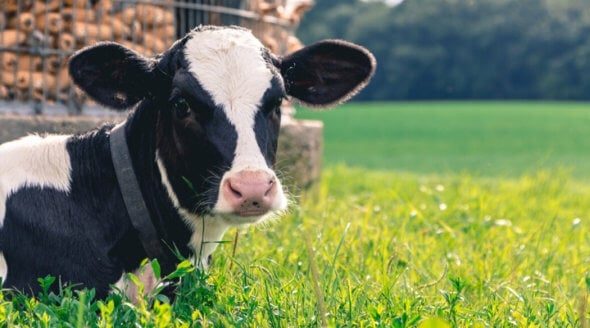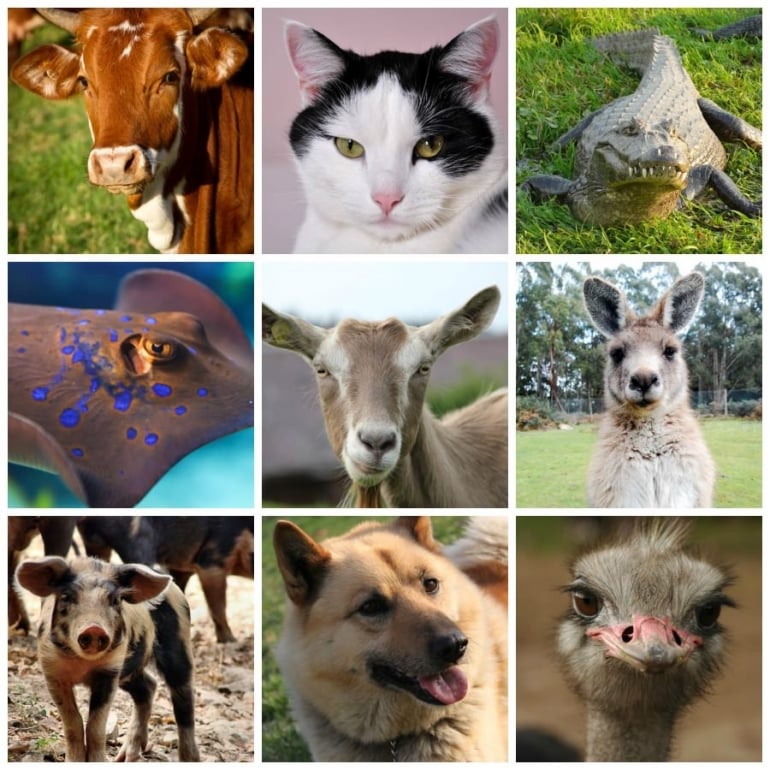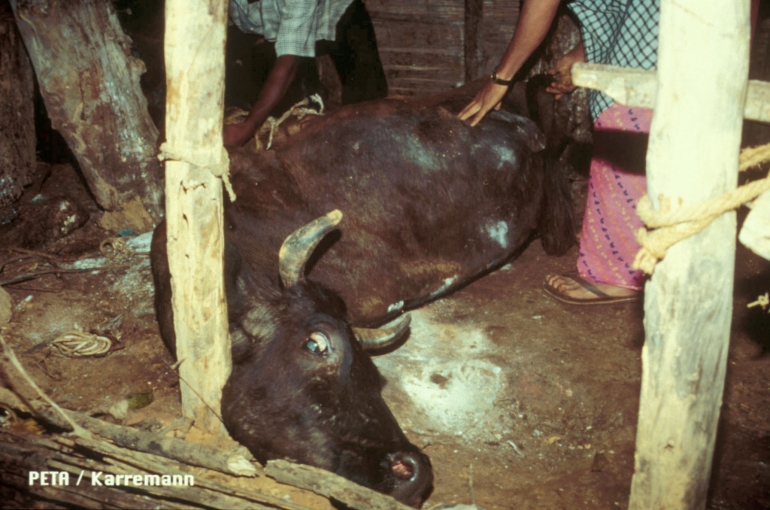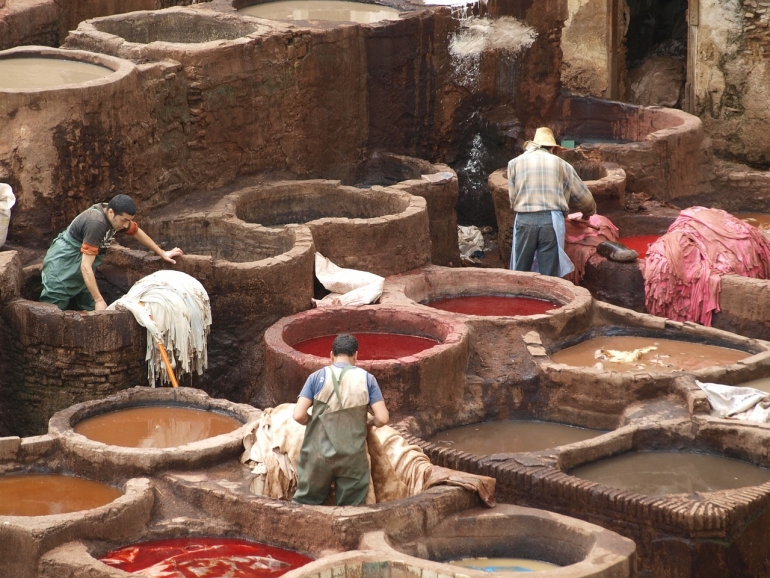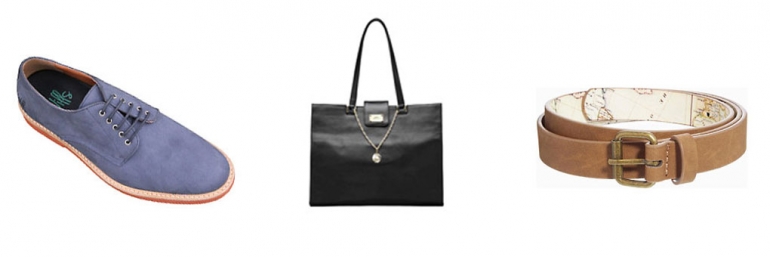Labels – Do You Know What You’re Wearing?
Eight-year-old Rebecca really loves labelling things. But when she tried to stick a label on her leather belt – well, she ran into a few problems.
Our new video, made in collaboration with Catsnake Film, highlights all the things that the label won’t tell you when it comes to leather.
If it’s made you see leather differently, please SHARE it.
Read on to learn more about where leather comes from and how to shop cruelty-free.
The Animals | The Cruelty | The Environment
Shopping Cruelty-Free
The Animals
Are you wearing a cow? A baby goat? A horse? A pig, a kangaroo or even a dog?
Virtually every type of animal will, somewhere in the world, be killed for their skins. Dogs are bludgeoned to death in China to make leather gloves and other accessories that are sold in the West. Baby goats can be boiled alive for kid gloves. And many endangered animals are illegally hunted and killed for their skins.
Because there’s no law making it compulsory for companies to label which animals their products are made from, as a consumer, you have no way of knowing whose skin you’re really in.
In fact, given the complexity and lack of transparency in the global supply chain, we’re pretty sure that companies often don’t know exactly what kind of skins they’re selling, either. As a result, it’s impossible for you, the consumer, to make the connection between the item you see hanging on the peg and the animal who once wore that skin.
The Cruelty
In a way, it almost doesn’t matter which animal died for your leather belt, bag or shoes. Whoever they were, you can be sure that they suffered.
Much of the world’s leather comes from developing countries such as Bangladesh and China, where there are virtually no laws to protect the welfare of animals killed for their skins.
Before being turned into belts and bags, many animals endure all the horrors of factory farming – including intensive confinement inside filthy cages or pens, castration without pain relief, chronic infections and disease caused by extreme crowding.
In Bangladesh and India, cows are forced to walk for miles on a harrowing journey to the slaughterhouse. On these “death marches”, they may be beaten, have tobacco rubbed into their eyes and their tails broken in order to force them to keep walking. At the abattoir, killing methods are usually crude and painful.
And leather is not a by-product. As a general rule, animals’ skins fetch a higher price than their flesh, so the demand for leather is a driving force behind the slaughter – and the cruelty.
The Environment
When it comes to leather, it’s not just the supply chain that’s murky. It’s the water – literally.
Like any part of a dead body, animals’ skins naturally decompose unless they’re treated with heavy-duty chemicals. But the tanning process takes a huge toll on the environment and, in many cases, the low-paid workers who come into contact with these toxic chemicals.
Mineral salts, formaldehyde, coal-tar derivatives, cyanide-based dyes and other dangerous substances routinely used during the tanning process are often dumped into rivers or nearby fields, causing water and soil pollution that affects the health of local communities.
Investigations into the leather trade in Bangladesh and India have found workers – some as young as 10 – standing barefoot in toxic chromium effluent and handling cancer-causing acids and bleaches without adequate safety equipment. Unsurprisingly, a huge percentage of these tannery workers die before they’re 50.
On top of everything else, leather is certainly not a green option. In fact, it’s one of the world’s most toxic industries.
Shopping Cruelty-Free
When you’re buying leather items, there is one label you can trust – the one that says, “vegan”.
There’s no need to kill animals for their skins. You can now buy beautiful, durable shoes made from cork, seaweed, tree-bark, pineapple leaves, recycled plastic bottles, breathable microfibres or synthetic materials.
In the face of these fashion-forward innovations, it’s clear that wearing animal skins isn’t just unethical – it’s downright unoriginal, too.
You can easily find animal-free shoes, jackets, bags and belts on the high street, online or from designer brands such as Stella McCartney.

